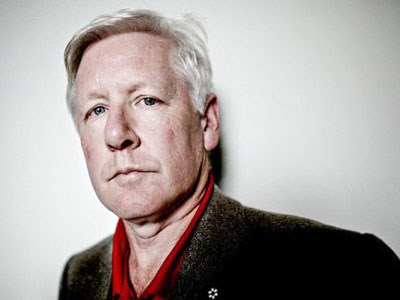The need to consult Indigenous people before development takes place is not a conceit of a particular political party or the whim of the current government, said former parliamentarian Bob Rae. It’s the law, he said, and municipalities would be wise to heed that notion so progress can move forward.
“The idea that you can develop the next big development in Northern Canada or Northern Ontario without the full participation of the First Nations is not only a fanciful idea, it’s also an illegal idea,” Rae said.
“There’s no getting around it. I think it’s really important for all of us to take a deep breath and understand that is the case.”
Speaking to municipal representatives during the May Federation of Northern Ontario Municipalities (FONOM) conference in Timmins, Rae drew on his experience in politics and law, and especially his current role as Ring of Fire advisor to the Matawa Chiefs Council, to speak about emerging relationships between Indigenous and non-Indigenous communities.
Decades of development took place without input from First Nations people, mostly because nobody thought development required any consent, Rae said. But that’s changed.
There’s a common refrain emanating from First Nations communities: they feel unheard by the Crown, they’re excluded from the decision-making process, they don’t receive a share of revenues from major development projects, and they have no control over their land and territory.
If those concerns don’t sound familiar, they should, Rae said.
“What the First Nations are looking for is exactly what you’re looking for,” he noted. “They are looking for a chance to participate and take greater control of the development that is happening all around.”
Before commodity prices took a nosedive, the massive Ring of Fire chromite deposit in the James Bay lowlands, whose worth is pegged at $60 billion, was seen as a boon to Indigenous people residing near the deposit.
Development was to bring training, jobs, infrastructure and economic diversity to people living in what Rae called “the worst physical conditions of anybody living in Canada today.”
Rae argues that now is the time to create stronger partnerships, invest in physical infrastructure and build up social infrastructure, so they may benefit from the development when it comes.
Examples from other jurisdictions abound. In Quebec, the James Bay Cree have, over the last 25 years, negotiated with the provincial and federal governments multi-billion-dollar transfers of money and transfers of land and jurisdiction, to the point that they have created a shared regional government comprised of Indigenous and non-Indigenous representatives, Rae said.
A large part of the problem is that the forms of governance in the Far North segregate First Nations populations, which are largely isolated, from other communities that have grown up around them, Rae said.
“That’s not healthy,” he said. “That’s not sustainable from a long-term perspective.”
Two things will change that, he added. Development is encroaching on First Nations’ traditional territory, and they will demand participation or it won’t happen.
And, as First Nations move around the country, there is a breakdown of segregation — First Nations people no longer reside solely on reserves, but are also living in cities and rural communities.
“With that will come the need to build new relationships, new approaches, new awareness in what’s going on,” which includes improving conditions on reserve to make them livable and sustainable, Rae said.
Sustainability not only references nature, but also the relationships between peoples. And it’s not just about treaties and political relationships, Rae added.
“It’s about mending relationships on the ground, in communities, between communities, and trying to develop new and more positive common perspectives on how development can happen in a way that’s good for everyone,” Rae said.
He believes taking an inclusive approach will result in economic stability, jobs, customers, and cash flow for both Indigenous and non-Indigenous communities.
It will also mean everyone is treated as equals.
“The years of exclusion and marginalization are over,” Rae said. “We have to move to years of real inclusion and really positive development, and it matters a great deal in how you can create the partnerships yourselves at the local level.”




